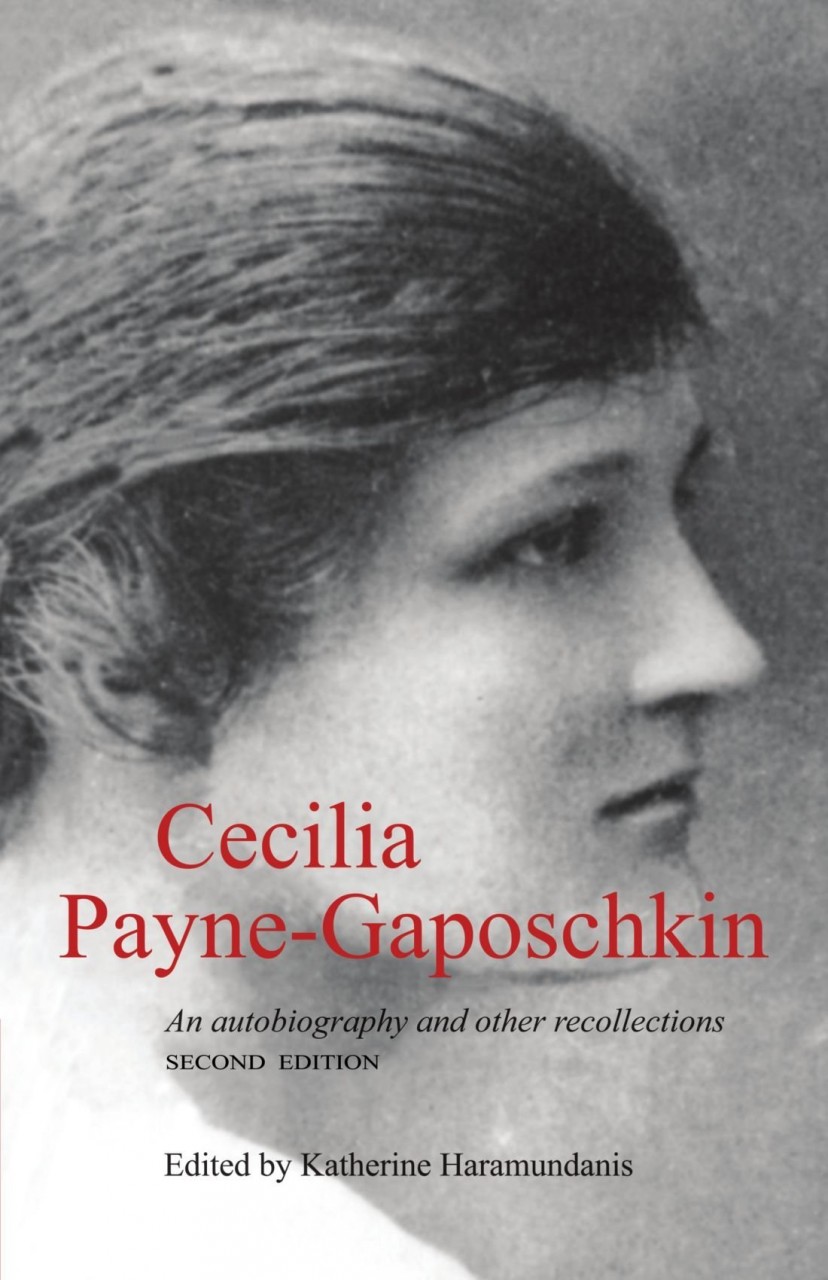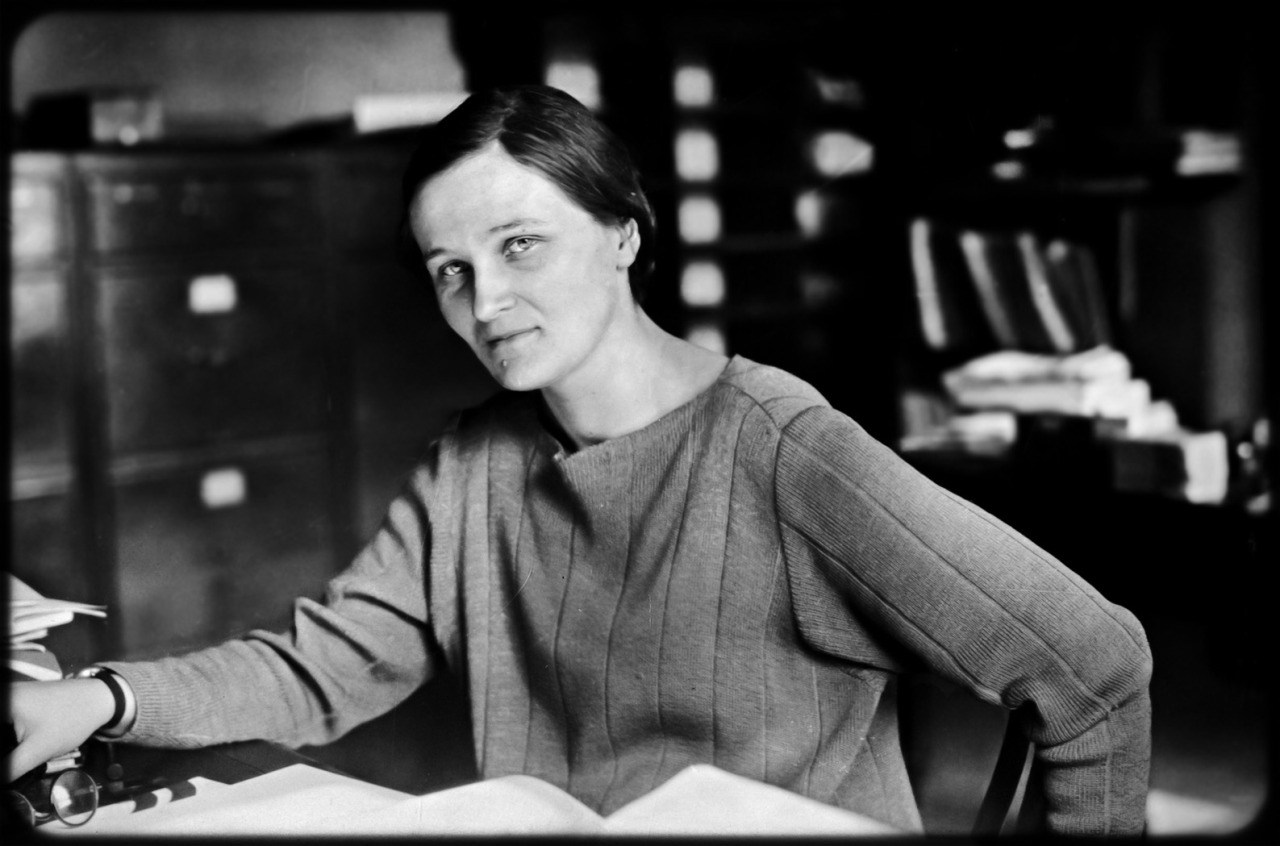
The English-American astronomer and astrophysicist Cecilia Payne-Gaposchkin (May 10, 1900–December 7, 1979) — the first person to earn a Ph.D. in astronomy at Radcliffe-Harvard and the first woman to chair a Harvard department — overcame tremendous courterforces of cultural resistance to change our understanding of the cosmos and pave the way for women in science.
During her youth in England, Cecilia endured “concentrated agony” as she tried to perform the social dances in which her peers engaged and was taunted for being “a girl who reads Plato for pleasure,” as a friend of her brother’s scoffed. Disheartened but undeterred, she continued pursuing her intellectual passions. But upon completing her studies at Cambridge, she was not awarded a degree — the university wouldn’t accredit women for another half-century. Disillusioned with her prospects in England, she applied for a fellowship at the Harvard College Observatory, home to the trailblazing Harvard Computers. In her 215-page Harvard doctoral thesis of 1925 — a time when there was only rudimentary awareness of the existence of stellar nuclei and nuclear reactions — Payne-Gaposchkin found that stars were made primarily of hydrogen, illuminating for the first time the chemical composition of the cosmos.

In the introduction to Cecilia Payne-Gaposchkin: An Autobiography and Other Recollections (public library), Virginia Trimble — herself an influential astronomer who at the age of eighteen had been profiled in Life magazine under the headline “Behind a Lovely Face, a 180 I. Q.” and who went on to become the second woman ever allowed at the famed Palomar Observatory a year after Vera Rubin broke the optical-glass ceiling — remarks that Payne-Gaposchkin was “pretty unambiguously the first woman to make original contributions in astronomy and astrophysics (in the sense we now expect of both genders as researchers) by inventing her own problems and solving them.”
Payne-Gaposchkin accomplished this despite the consistent institutional discrimination she faced on account of her gender and her youth, which rendered her so underpaid compared to her male peers at Harvard that she was too ashamed to admit her income to her family in England. But she found her scientific calling so deeply rewarding that she simply continued to work with rapturous rigor and devotion — and also played the violin, read broadly and voraciously, wrote poetry, pioneered the now-worn aesthetic of using lines from famous poems as chapter epigraphs in popular science books, and once needlepointed a supernova.

Looking back on the landscape of human knowledge over the span of her long career, she writes in her autobiography:
We know much less than we did when I came…
The post Advice to the Young from Pioneering Astrophysicist Cecilia Payne-Gaposchkin, Who Discovered the Composition of the Universe appeared first on FeedBox.